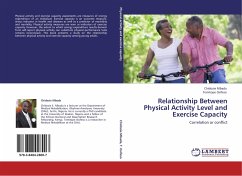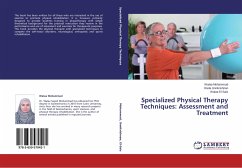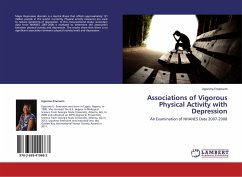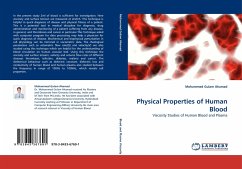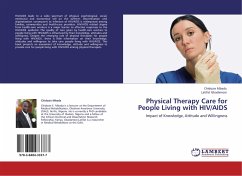The introduction section first offers the chief reasons for the application of psychosomatic reasoning in medicine in general and orthopedics. The sample consisting of 70 patients hospitalized because of severe physical trauma, and 105 control group. The subjects were tested with the following instruments: Event Effect Scale, PTSS-10 Scale, FHI, Brief Eysenck's Personality Inventory, LEAIQ, GHQ-60, General Questionnaire for Accidents. As for immobile patients, a significantly higher level of family cohesiveness was determined, while the subjects with acute injury, although more extrovert, significantly more often took a passive attitude in coping with trauma consequences. While other clinical features did not correlate significantly with either of the psychological or psychopathological features of the subjects. The dream content of trauma, war and old home is in negative correlation with general neuroticism and in positive correlation with some symptoms of general neuroticism and symptoms of PTSD. All obtained results were compared with the results of research of other authors on psychopathology, dreams and other clinical problems of the somatically traumatized.
Bitte wählen Sie Ihr Anliegen aus.
Rechnungen
Retourenschein anfordern
Bestellstatus
Storno



